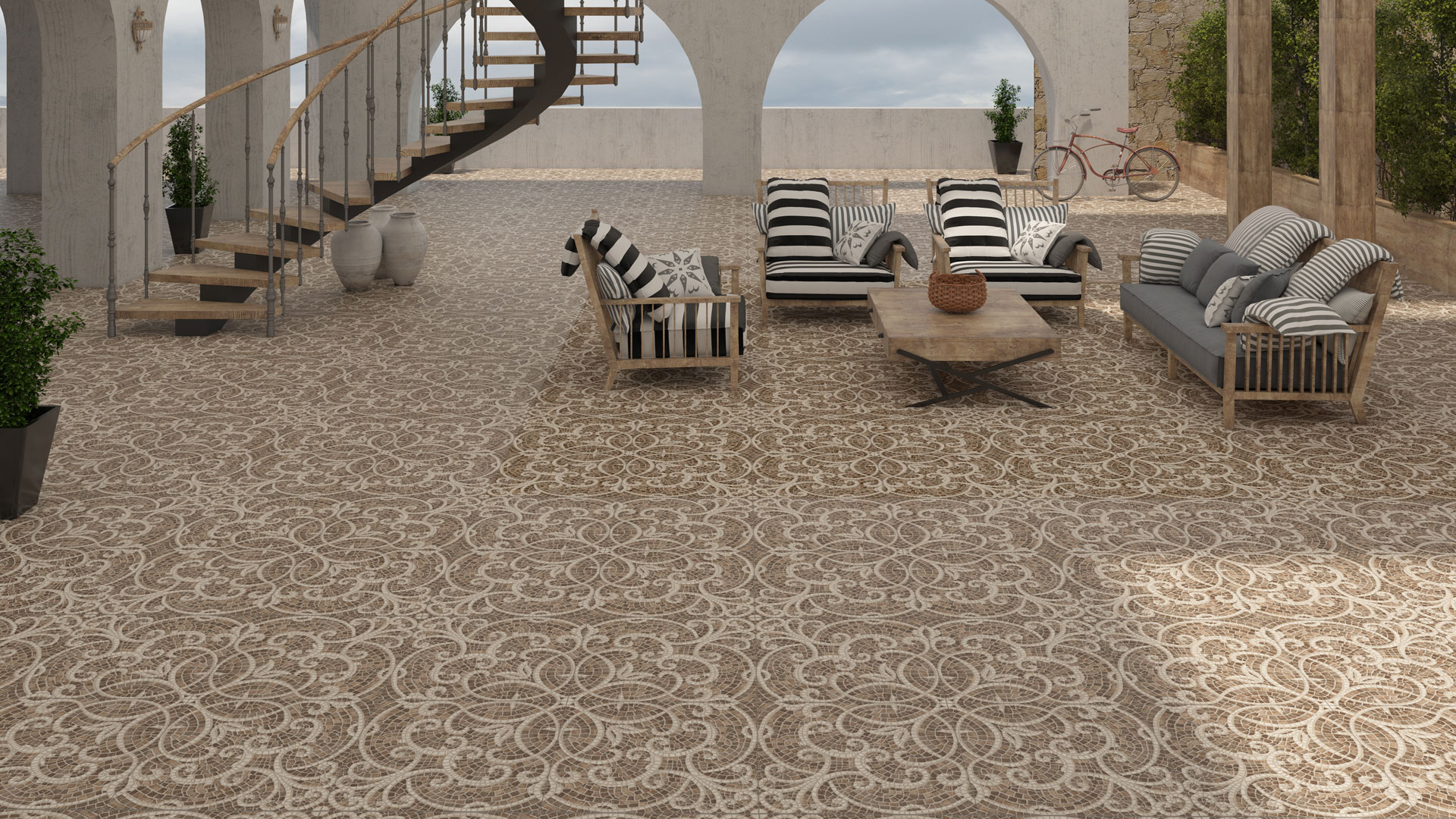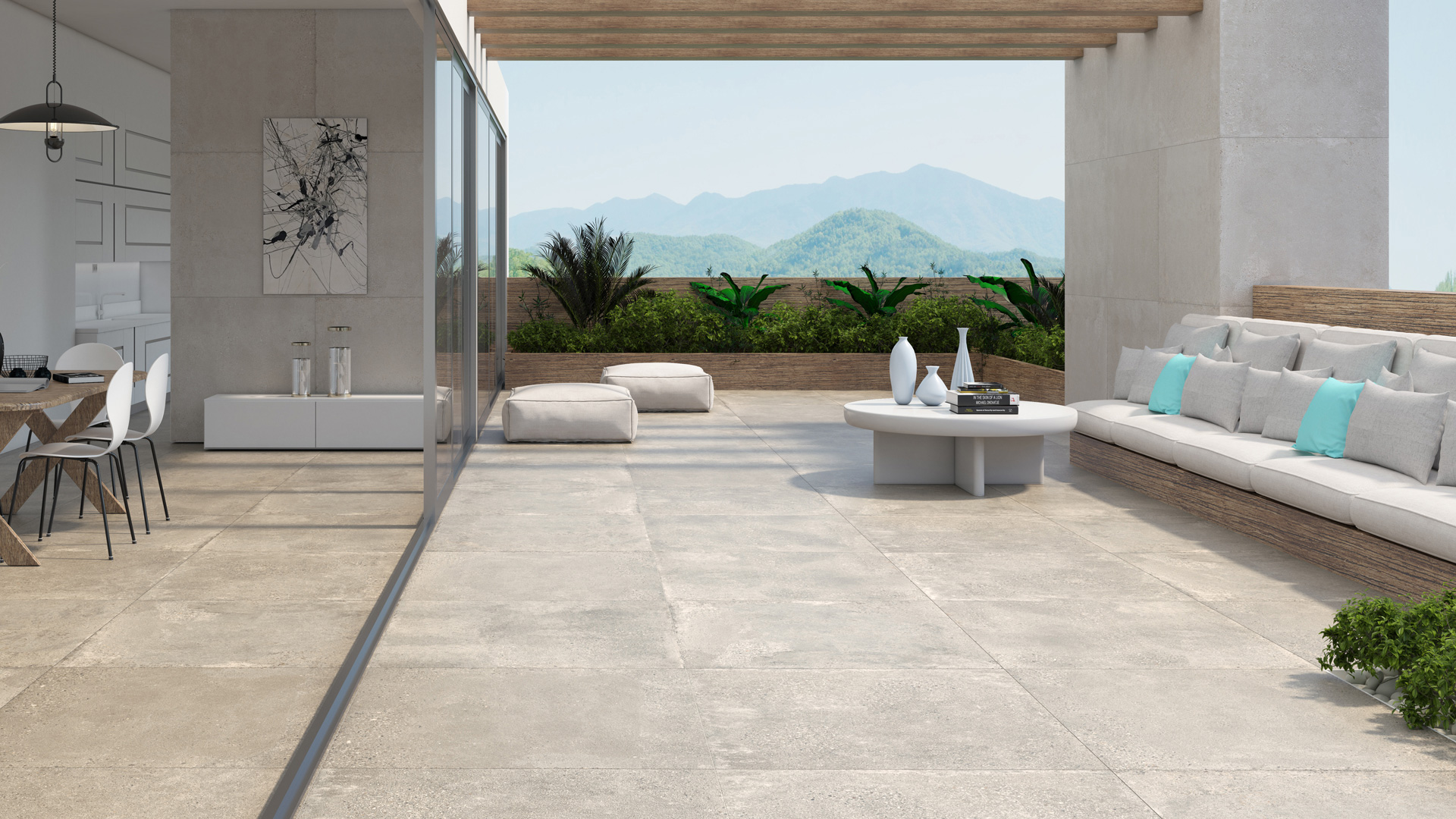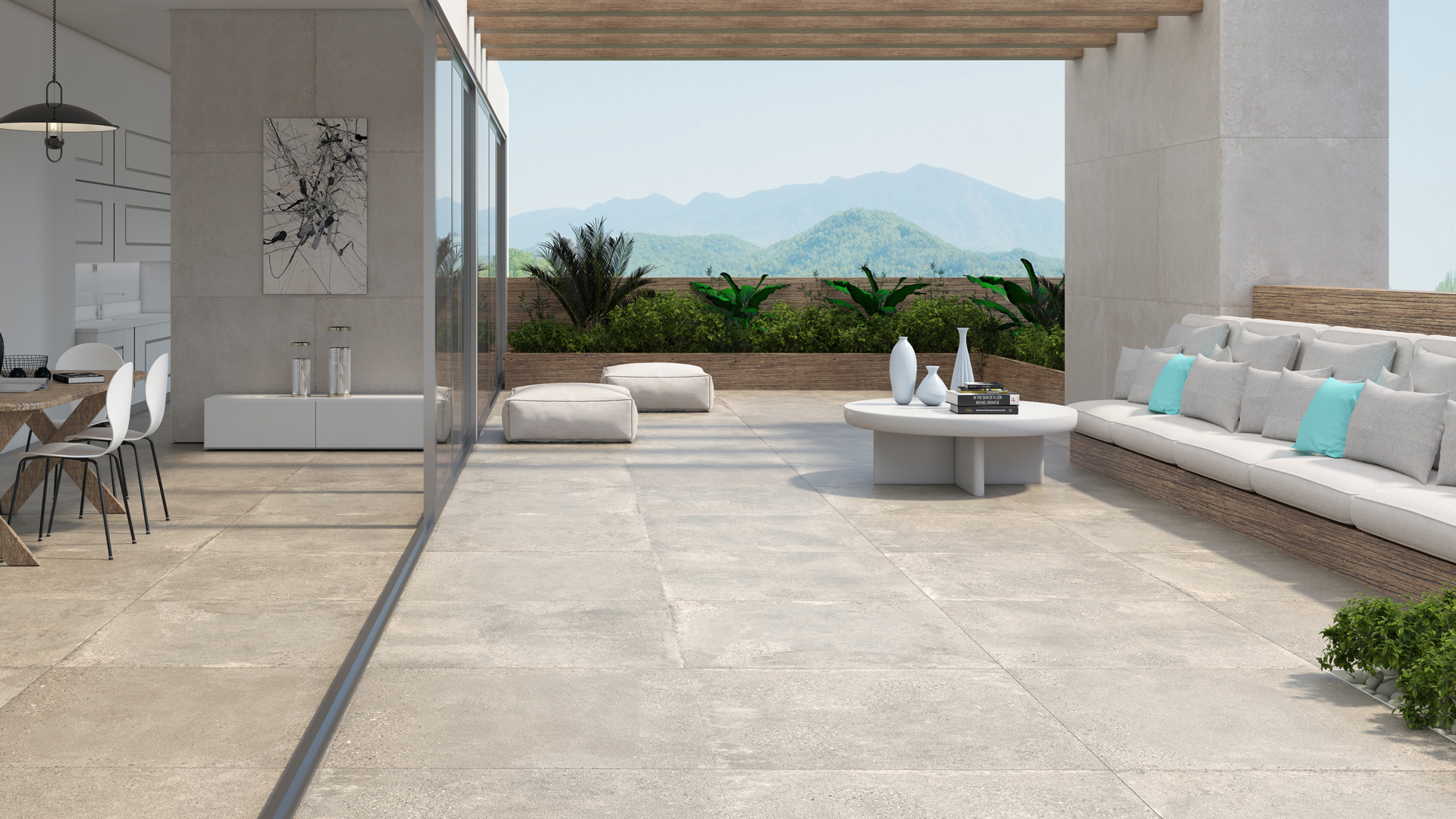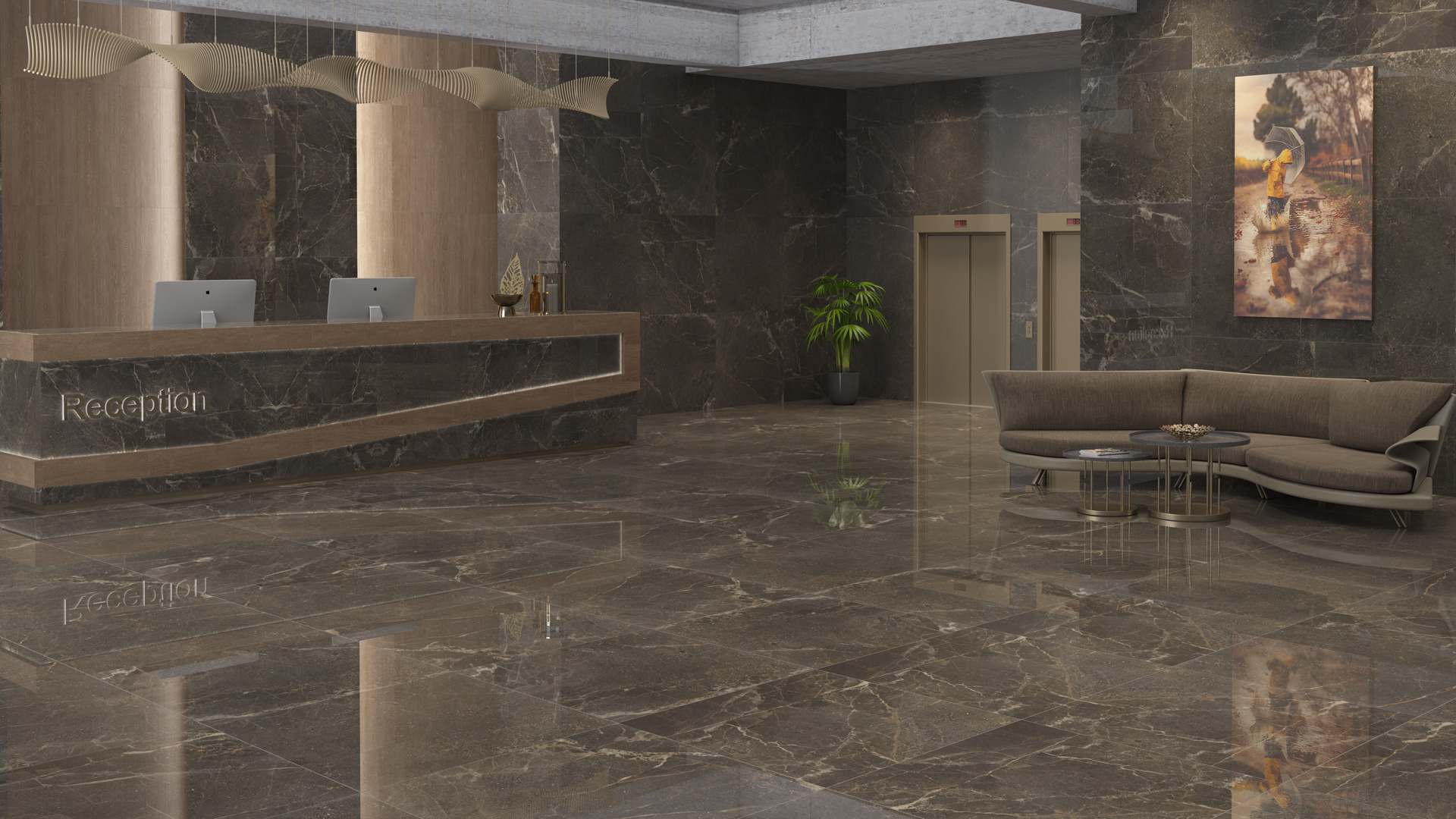We have come across ceramic tiles many times or used them at home and at work, but most of us are not well aware of the differences between ceramic tiles. In this short article, we try to explain the difference between these two products.
What is a Tile?
A tile is a piece of artificial stone that varies in length and width and is about a few millimeters thick. One side of the tile is the clay and bone side, and the other side, or on the glazed tile, has a polished and glossy surface.
The word “Tile” is derived from the Latin word (Tegula), which is synonymous with the French TUILE, meaning baked roof flower, and the English word TILE, which means covering the building.
What is Ceramic?
Ceramic is the name given to all inorganic and non-metallic solids. Materials composed of clay and feldspar (a crystalline mineral composed of aluminum, sodium, potassium, and calcium silicates found in igneous rocks) are formed at high temperatures and cohesed by a glass-like mass. They are called ceramics. Ceramics are very hard and insoluble and impermeable.
The word ceramic is derived from its Greek root, KERAMOS, meaning Potiery pottery and something to be burned.
But in the vernacular, the tiles that work on the wall are usually called “Tile” and the tiles that are worked on the floor of the building are called “Ceramic”.
The difference between Tiles and Ceramics ?
The main difference between tile and ceramic is its strength. Tiles are worked on the body due to more finesse and less press weight, but ceramics are worked on the floor due to heavier presses and higher strength.
The tile is low resistance to pressure, cold and heat and is used for closed environments and walls that do not have moisture from behind. Due to its high water absorption percentage compared to ceramics, tile is more convenient and convenient to work on the wall and height.
Ceramics are more resistant to pressure, cold and extreme heat and humidity than tiles and are therefore used for floors. But a special type of ceramic called porcelain can also be used outdoors. The absorption of ceramic water is very low and porcelain is about zero. That is why it is very difficult to use them on the wall and work height.
So according to your desired application, be careful in choosing ceramic tiles.
The apparent difference between Tiles and Ceramics
Ceramic tiles have many similarities in appearance, although they can also be distinguished by their differences in appearance. Ceramic clay is usually thicker due to more firing, and ceramics are thicker than tiles.








